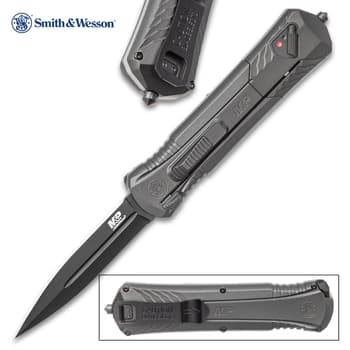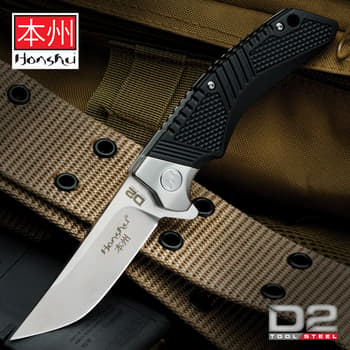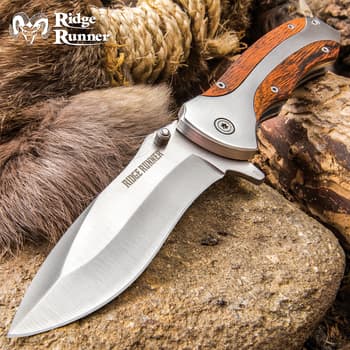Date Published: 2020-11-18
Five Pocket Knife Safety Rules (In-Depth Guide)

By Adelia Ladson
Owning a pocket knife is an American tradition but, as with any knife, it’s also a responsibility. A marvelous everyday carry tool, it is convenient to just pull out of your pocket and take care of whatever cutting task that comes up. However, it’s also a sharp-bladed tool that will draw blood if not used with respect and care. Here are a few rules to guarantee that you don’t have to make a trip to the emergency room.
- First and foremost, make sure that you know how to open and close your pocket knife safely and that you do it every time. This might seem like a “no-brainer” but lots of folks have learned the hard way when they didn’t pay attention or were in a hurry. Use whichever method your knife offers that is easiest for you to use whether it’s the flipper, thumbstud, nail nick or thumb-slot. Then, when you close it, take the spine of the blade in a firm grip and push it back into its case. The key is to always have secure control of the blade.
- A pocket needs to be kept sharp to prevent mishap because it is less likely to slip and cut you when you’re using it. When a blade is dull, you tend to use more force to try and cut through whatever you’re cutting and that’s when the blade is most likely to slip and cut you instead. FYI: OSHA has reported that dull blades are the number one cause of workplace blade-related injuries.
- That brings me to the next important safety rule that you absolutely need to follow. Even though, a pocket knife is pretty versatile, don’t use it for something it’s not meant to be used for. It should never, ever be used as a pry tool! A pocket knife blade is generally not designed for prying and the potential for it to snap and hurt you or someone around you increases exponentially.
- When you’re using your pocket knife, whether you’re whittling or carving or whether you’re cutting rope or cardboard, always cut away from yourself. When a knife slips, it always flies toward the direction that you are applying the most pressure. So, to ensure your safety, that should always be away from you.
- Last but not least. Never pass an open knife to someone. Always make sure that you close the knife before you hand it over.
Related Products

























